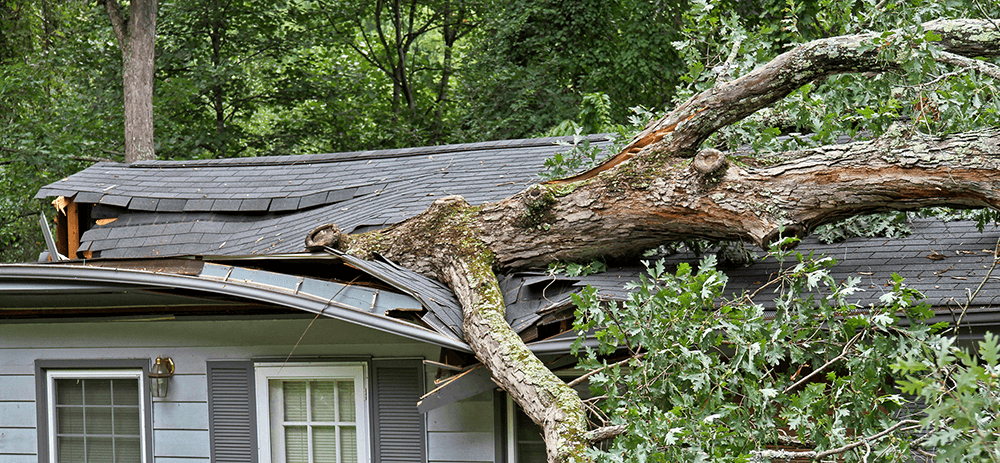When Nature Strikes: How to Prepare for Tree Emergencies

While trees provide shade, beauty, and environmental benefits, they can also pose risks during emergencies. Whether it's a severe storm, strong winds, or a lightning strike, trees can fall and cause damage to property or pose a threat to safety. Being prepared for tree emergencies is crucial to minimize risks and ensure a prompt and effective response when nature strikes.
Assessing Tree Risks
Identifying Potential Hazards
- Inspect trees regularly for signs of decay, disease, or structural weaknesses.
- Look for leaning trees, cracked trunks, or branches hanging over structures.
- Identify trees in close proximity to power lines or buildings.
Consulting with Experts
- Hire a certified arborist to assess the health and stability of trees on your property.
- Seek professional advice on pruning, cabling, or tree removal if necessary.
- Consider the age, species, and condition of trees when evaluating risks.
Preparing for Tree Emergencies
Creating an Emergency Plan
- Develop a contingency plan for tree emergencies, including contact information for emergency tree care services and tree care professionals.
- Establish evacuation routes and safe zones in case of a tree-related incident.
- Train family members or employees on how to respond to tree emergencies safely.
Trimming and Pruning Trees
- Maintain trees by regular pruning to remove dead or weak branches.
- Trim trees away from structures, power lines, and other potential hazards.
- Consider crown reduction or thinning to improve tree health and stability.
Installing Lightning Protection
- Protect valuable trees from lightning strikes by installing a lightning protection system.
- Consult with a certified arborist or lightning protection specialist for guidance.
- Ground lightning rods properly to divert electrical currents away from trees.
Responding to Tree Emergencies
Assessing the Situation
- Stay calm and assess the extent of damage caused by a fallen tree.
- Check for injuries and ensure the safety of individuals in the vicinity.
- Avoid approaching fallen trees or touching damaged branches without proper equipment.
Calling for Professional Help
- Contact emergency services or tree care professionals for assistance in removing fallen trees.
- Ensure that the professionals are licensed, insured, and equipped to handle tree emergencies.
- Do not attempt to remove large or hazardous trees on your own to avoid further risks.
Documenting the Damage
- Take photos or videos of the damage caused by fallen trees for insurance purposes.
- Document the extent of property damage and any injuries resulting from the tree emergency.
- Keep records of expenses related to tree removal, repairs, or replacements for insurance claims.
Recovering from Tree Emergencies
Restoring Tree Health
- Consult with an arborist to assess the health of trees affected by a tree emergency.
- Implement a care plan to rehabilitate damaged trees and promote new growth.
- Monitor trees for signs of stress, disease, or pest infestations following an emergency.
Rebuilding Damaged Structures
- Repair or replace structures damaged by fallen trees, such as roofs, fences, or vehicles.
- Hire licensed contractors or professionals to ensure quality repairs and structural integrity.
- Consider implementing preventive measures, such as tree barriers or root barriers, to protect structures in the future.
Reviewing Emergency Preparedness
- Evaluate the effectiveness of your emergency plan and response to the tree emergency.
- Identify areas for improvement and update your emergency plan accordingly.
- Train family members, employees, or tenants on revised emergency protocols and procedures.
By following these guidelines and being proactive in preparing for tree emergencies, you can minimize risks and ensure a swift recovery in the aftermath of nature's wrath. Stay informed, stay prepared, and stay safe!